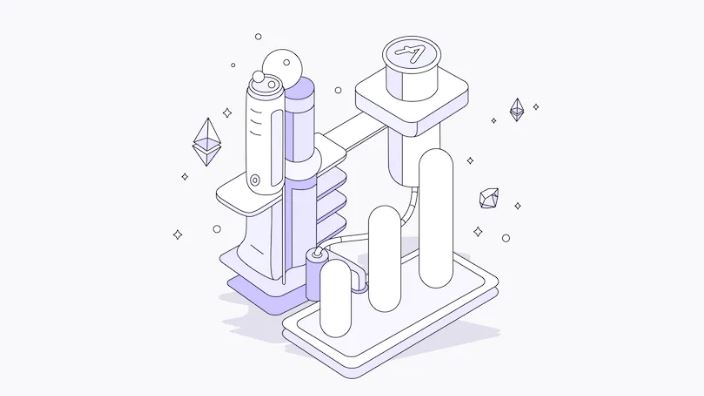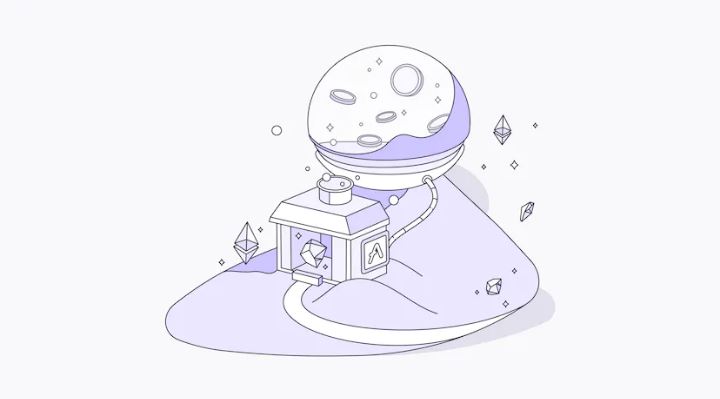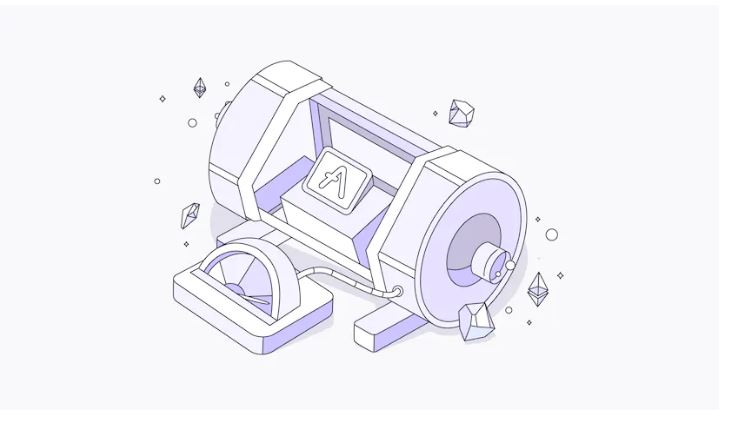What is AAVE V3? AAVE V3 is the next upgraded version of AAVE V2 with many new features such as Portals, High Efficiency Mode, Isolation Mode,… and many other interesting features. So if there’s anything interesting about AAVE V3, let’s find out in the article below.
To understand more about AAVE V3, people can refer to the article below:
- What is AAVE? Overview of AAVE Cryptocurrency
What is AAVE V3?
Market context
The AAVE V2 upgrade implemented in December 2020 has met the needs of the Crypto market in general and DeFi in particular. However, with the explosion of DeFi, AAVE continues to transform itself again with new upgrades to meet market needs with the goal of minimizing risks for users, increasing project security and increase capital use efficiency.
Overview of AAVE V3
AAVE V3 will update many new features including High Efficiency Mode, Isolation Mode, Gas Optimization, V3 Migration Tool.
High Efficiency Mode

High Efficiency Mode, briefly called E – Mode, helps users have a higher borrowing ability when their collateral and the asset they want to borrow have correlations with each other. This directly affects the efficiency of using users’ capital.
For example: User owns stETH (ETH is being staked on Lido Finance) and wants to borrow ETH. Obviously, the price of stETH is pegged to ETH, so if in the AAVE V2 version, you can only borrow a maximum of 82.5%, then with AAVE V3, users can increase the loan rate (LTV) up to 97%. If you have 100 stETH in version V2, you can only borrow 82.5 ETH, but in version V3, you can borrow up to 97 ETH.
This will be true for more asset types such as Stablecoins (USDC, USDT, DAI, FRAX,…) or other derivative assets.
Isolation Mode

Isolation Mode is a mode for asset classes that are newly added to the AAVE protocol but are still under observation and can also be considered a riskier asset class. These types of assets will have independent pools, also known as the Isolated Pool model, each asset type will have its own pool. When that asset or that pool is at risk, it will not cause negative impacts that spread throughout the protocol.
Assets in Isolation Mode will only be able to borrow certain asset types regulated by AAVE DAO, mainly Stablecoins.
With Isolation Mode, AAVE V3 will have a number of additional advantages such as:
- It is possible for more assets to become collateral on AAVE, increasing the use of capital by users and also increasing revenue for the protocol.
- An independent pool at risk does not cause negative effects to the entire protocol, which is suitable for deployment with high-risk assets.
- Opening a completely new market helps AAVE reach the majority of users in the crypto market when the assets they hold have a high level of risk and low liquidity.
Gas Optimization

In addition to new features and products, AAVE’s development team continues to upgrade and optimize AAVE’s code, helping to reduce transaction fees on AAVE V3 by about 25% compared to AAVE V2 version. Besides, the Flash Loan function also continues to be optimized and upgraded. With a 25% fee reduction, users can easily access and use AAVE more often.
Some updates to user experience
Besides outstanding products and upgrades, AAVE V3 also has a number of user experience changes including:
- Equipping AAVE with more features on Layer 2 platforms helps users experience it uniformly, smoothly, and seamlessly.
- Launch programs to encourage the entire community to participate in protocol development.
- Upgrade user experience on Mobile version.
- Improve application loading speed.
- Improve colors, fonts, and website elements to create a fresh, consistent user experience.
Some disadvantages of AAVE V3
Besides the benefits that AAVE V3 version brings to users, this version also has some disadvantages as follows:
- Not a huge change in product and protocol upgrades. It can be said that AAVE V3 is like a slightly upgraded version and after a year from AAVE V2, V3 has not really wowed investors the way Uniswap V3 did.
- It took nearly a year for AAVE V3 to be available on Ethereum. At this time, the Isolation Mode product on Ethereum was no longer unique, many projects jumped in like Silo Finance.
- Putting a property up as collateral on AAVE still takes a lot of time and effort. This somewhere causes AAVE to lose market share to newer Lending & Borrowing protocols.
- AAVE’s Lending Pool model has not yet completely resolved the user’s ability to use capital when the supply is greater than demand.
- We have not seen AAVE have any upgrades in its asset liquidation model.
The future of AAVE
AAVE’s current position is undeniable, but I firmly believe that AAVE V3 cannot be the end point of AAVE. Not only does AAVE need to update, upgrade and develop existing features, but they must have new products based on their strengths such as Stablecoin with GHO or focus more on many altcoins with relative liquidity sources. or even Credit products.
AAVE needs more products to increase its customer base and revenue in the long term if it doesn’t want to be surpassed.
Summary
AAVE V3 is a gentle upgrade compared to AAVE V2. Hopefully through this article everyone can understand what AAVE V3 is and what new features it has?


